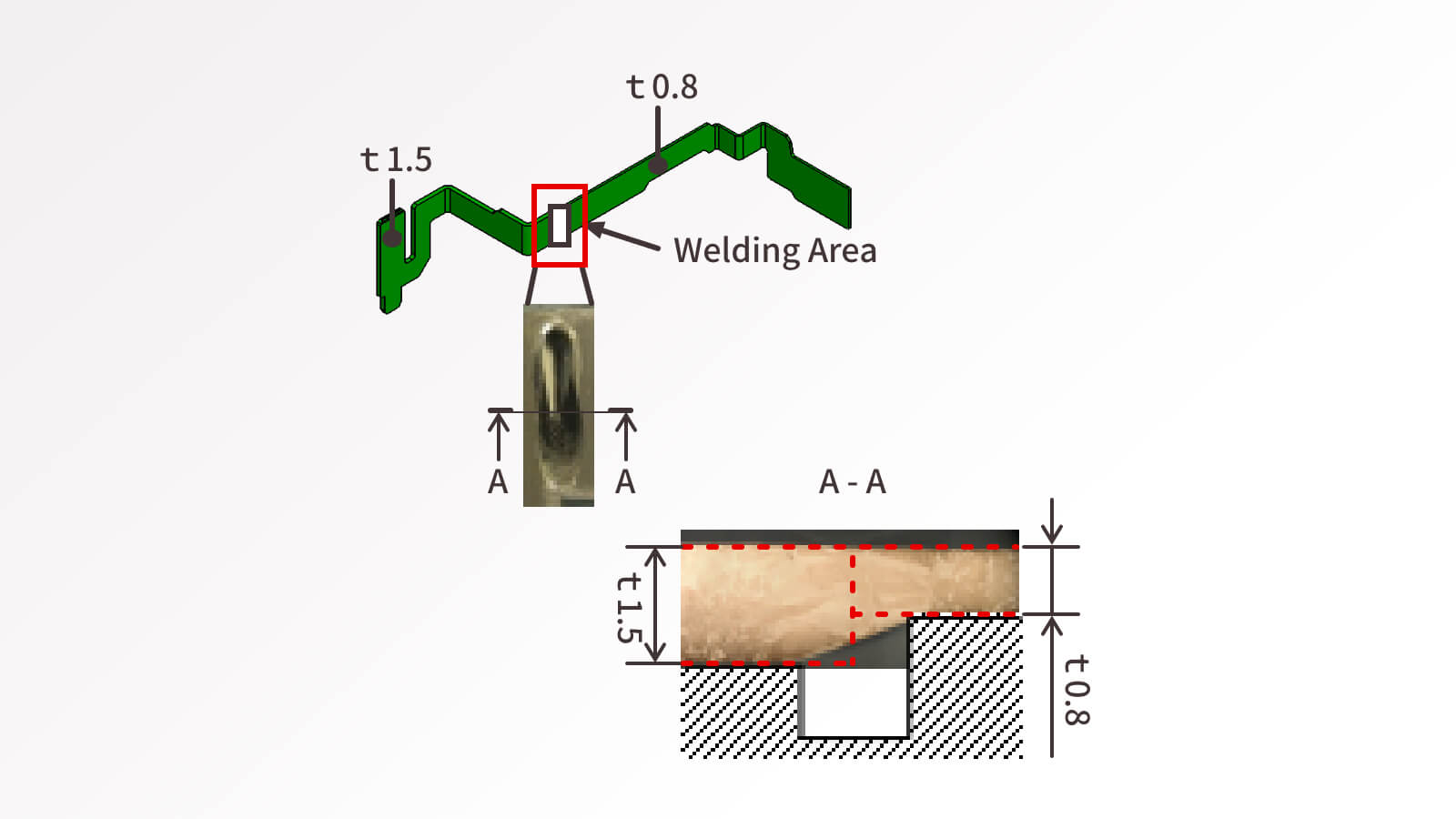This is an important component that serves as the basis for current sensors (HVs and other basic components of motor control in electric vehicles) that detect the current flowing into the inverter.
It is responsible for sending a high voltage of several hundred volts and a large current of several hundred amperes to the motor, and insulation performance is required even under severe operating conditions.
We have realized the world's first integrated three-motor system for regeneration, running, and 4WD operation, contributing to the downsizing of the inverter.


